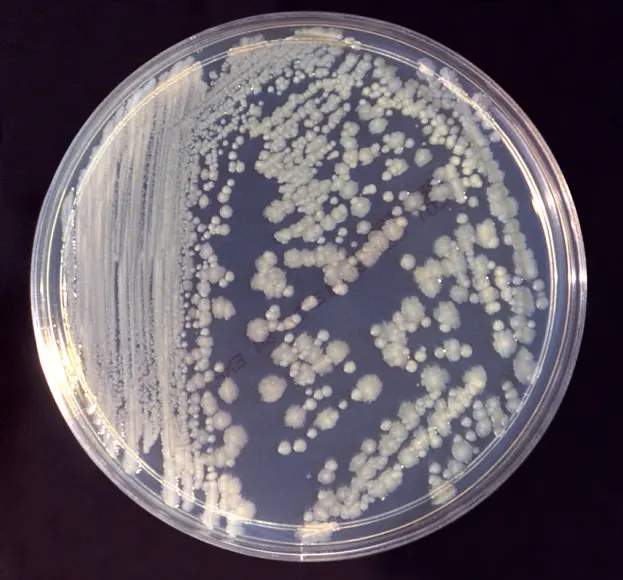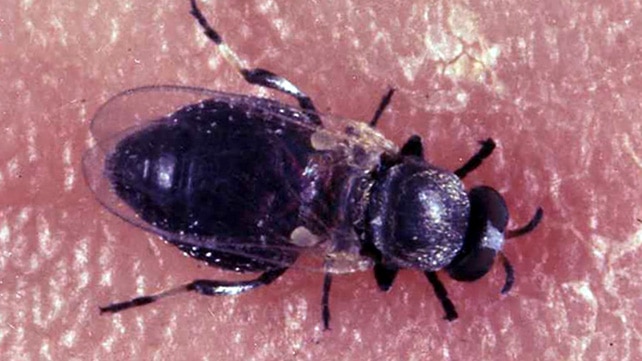About Enterobacter Bugandensis:
- Enterobacter bugandensis is a relatively new species within the Enterobacter genus.
- It was first described in 2013, after being isolated from cases of bloodstream infections in Uganda.
Key Characteristics:
- Morphology: It is a Gram-negative, rod-shaped bacterium.
- Habitat: Like other Enterobacter species, E. bugandensis is typically found in various environments, including soil, water, and the gastrointestinal tracts of animals and humans.
- Pathogenicity: It can cause various infections, primarily in immunocompromised individuals. These include bloodstream infections, respiratory infections, urinary tract infections, and wound infections.
- Resistance: E. bugandensis has shown resistance to multiple antibiotics, which makes treatment challenging.
- The resistance mechanisms can include beta-lactamase production, efflux pumps, and mutations that reduce drug uptake.
What is the multi-drug-resistant pathogen?
- The multi-drug-resistant (MDR) pathogen refers to a microorganism that has developed resistance to multiple antimicrobial agents, typically three or more antimicrobial categories.
- This resistance can be seen in various types of microorganisms, including bacteria, viruses, and parasites.
The most threatening forms of MDR to public health are MDR bacteria that resist multiple antibiotics.
Q1: What is antibiotic resistance?
Antibiotic resistance occurs when bacteria develop the ability to survive exposure to antibiotics that would normally kill them or stop their growth. This is a significant global health concern.
Source: What is the multi-drug-resistant pathogen found in the International Space Station?
Last updated on November, 2025
→ Check out the latest UPSC Syllabus 2026 here.
→ Join Vajiram & Ravi’s Interview Guidance Programme for expert help to crack your final UPSC stage.
→ UPSC Mains Result 2025 is now out.
→ UPSC Notification 2026 is scheduled to be released on January 14, 2026.
→ UPSC Calendar 2026 is released on 15th May, 2025.
→ The UPSC Vacancy 2025 were released 1129, out of which 979 were for UPSC CSE and remaining 150 are for UPSC IFoS.
→ UPSC Prelims 2026 will be conducted on 24th May, 2026 & UPSC Mains 2026 will be conducted on 21st August 2026.
→ The UPSC Selection Process is of 3 stages-Prelims, Mains and Interview.
→ UPSC Result 2024 is released with latest UPSC Marksheet 2024. Check Now!
→ UPSC Prelims Result 2025 is out now for the CSE held on 25 May 2025.
→ UPSC Toppers List 2024 is released now. Shakti Dubey is UPSC AIR 1 2024 Topper.
→ UPSC Prelims Question Paper 2025 and Unofficial Prelims Answer Key 2025 are available now.
→ UPSC Mains Question Paper 2025 is out for Essay, GS 1, 2, 3 & GS 4.
→ UPSC Mains Indian Language Question Paper 2025 is now out.
→ UPSC Mains Optional Question Paper 2025 is now out.
→ Also check Best IAS Coaching in Delhi

















